15 Cultural Festivals Around the World You Should Experience
Traveling to different parts of the world offers more than just new sights and food. Festivals give a true glimpse into the traditions, beliefs, and joy that communities share. From colorful parades and ancient rituals to lively music and dance, these celebrations bring people together in unique ways. Here are some cultural festivals worth experiencing if you want to see how different places celebrate life.
This post may contain affiliate links, which helps keep this content free. Please read our disclosure for more info.
Diwali (India)
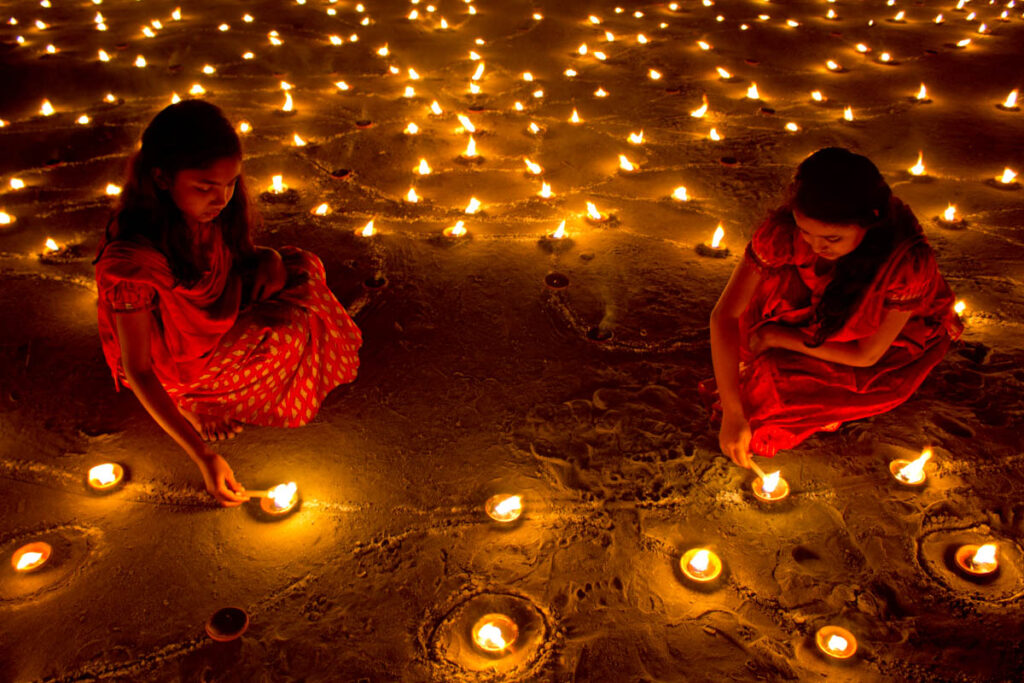
Diwali, often called the Festival of Lights, is celebrated across India with lamps, candles, and fireworks. Families clean and decorate their homes, exchange sweets, and honor Lakshmi, the goddess of wealth. The atmosphere is filled with color and joy, as streets glow with light and celebrations continue for days.
This festival symbolizes the triumph of light over darkness and good over evil. It brings together people of all ages, creating an occasion for unity and reflection. Many travelers are drawn to the festive spirit, enjoying markets, traditional food, and vibrant cultural performances.
Carnival (Brazil)
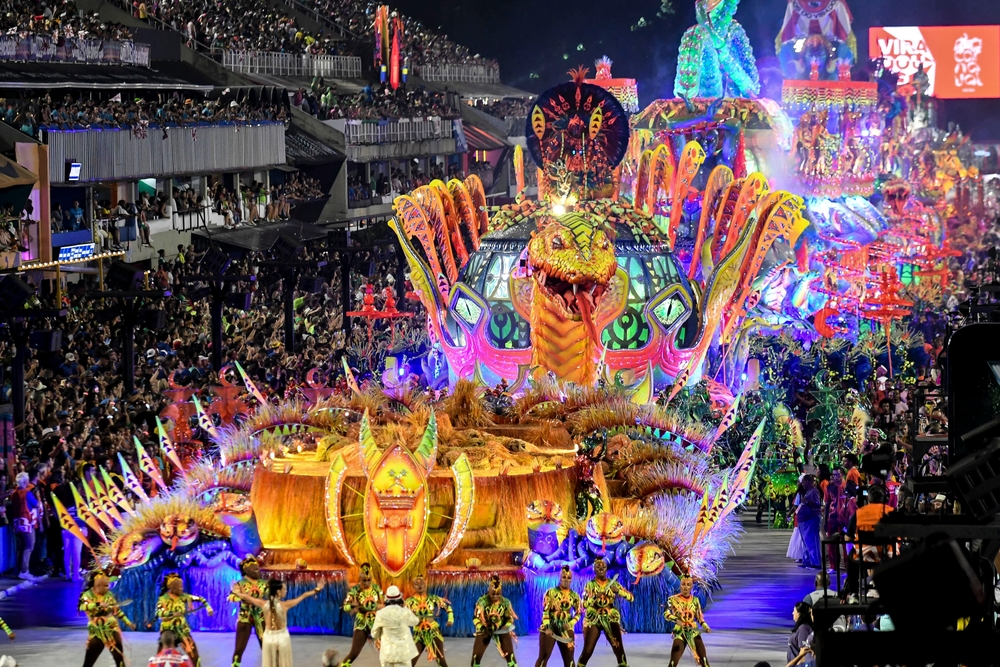
Carnival in Brazil is one of the most energetic celebrations in the world, drawing millions of visitors each year. Parades filled with samba dancers, elaborate floats, and vibrant costumes flood the streets. Music pulses through the air as neighborhoods compete to put on the most dazzling shows.
While Rio de Janeiro is the most famous location, other cities such as Salvador and São Paulo host equally lively events. Carnival is deeply rooted in both European and African traditions, blending influences over centuries. It has become a showcase of Brazilian culture, mixing dance, music, and community pride.
Holi (India & Nepal)
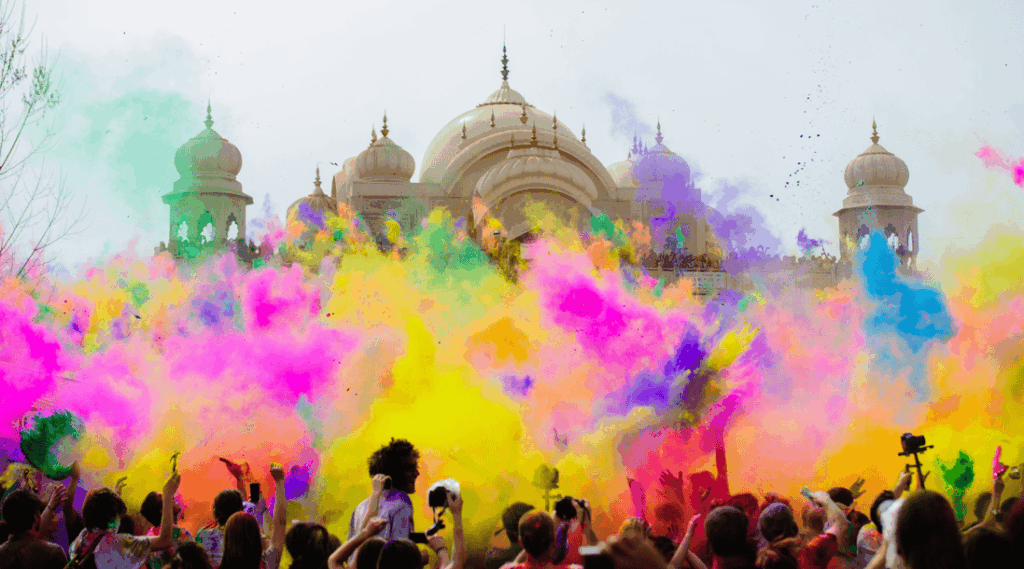
Holi marks the arrival of spring with bursts of color, laughter, and playful gatherings. People toss powdered pigments, spray water, and dance in the streets. Families and friends join together for festive meals, sweets, and lively music.
Beyond the fun, Holi carries deep cultural meaning, symbolizing renewal and the victory of good over evil. It breaks down barriers, as strangers and neighbors alike celebrate side by side. For many travelers, it is an unforgettable experience that leaves lasting memories of joy and unity.
Oktoberfest (Germany)
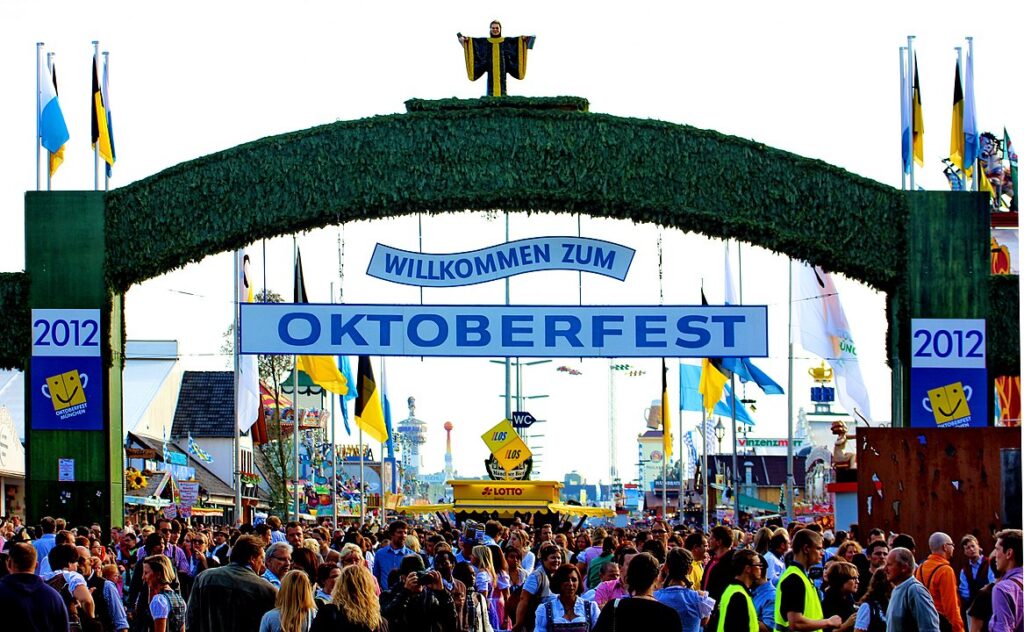
Held each autumn in Munich, Oktoberfest is the world’s largest beer festival. Giant tents welcome visitors with Bavarian beer, hearty dishes, and live folk music. Locals often wear traditional clothing such as lederhosen and dirndls, adding charm to the celebration.
The festival is more than just beer drinking. It also features parades, fairground rides, and cultural displays that highlight Bavarian heritage. Though Munich is the main hub, cities around the globe have adopted their own versions, spreading the spirit of Oktoberfest worldwide.
5. Chinese New Year (China & worldwide)
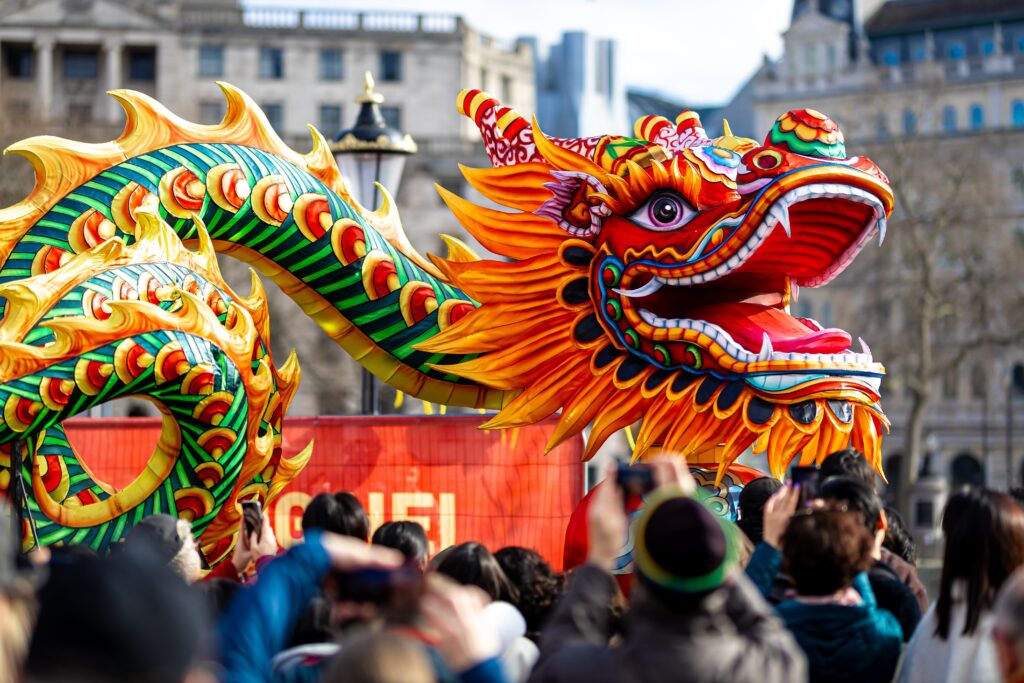
Chinese New Year marks the start of the lunar calendar and is celebrated with fireworks, family reunions, and traditional food. Red decorations and lanterns fill streets and homes, symbolizing luck and prosperity. The festival usually lasts for fifteen days, ending with the Lantern Festival.
Each year is associated with a zodiac animal, adding meaning to the festivities. Lion and dragon dances bring excitement to public squares, while families honor ancestors at home. For many, it is the most important holiday of the year, uniting communities across generations and countries.
Day of the Dead (Mexico)
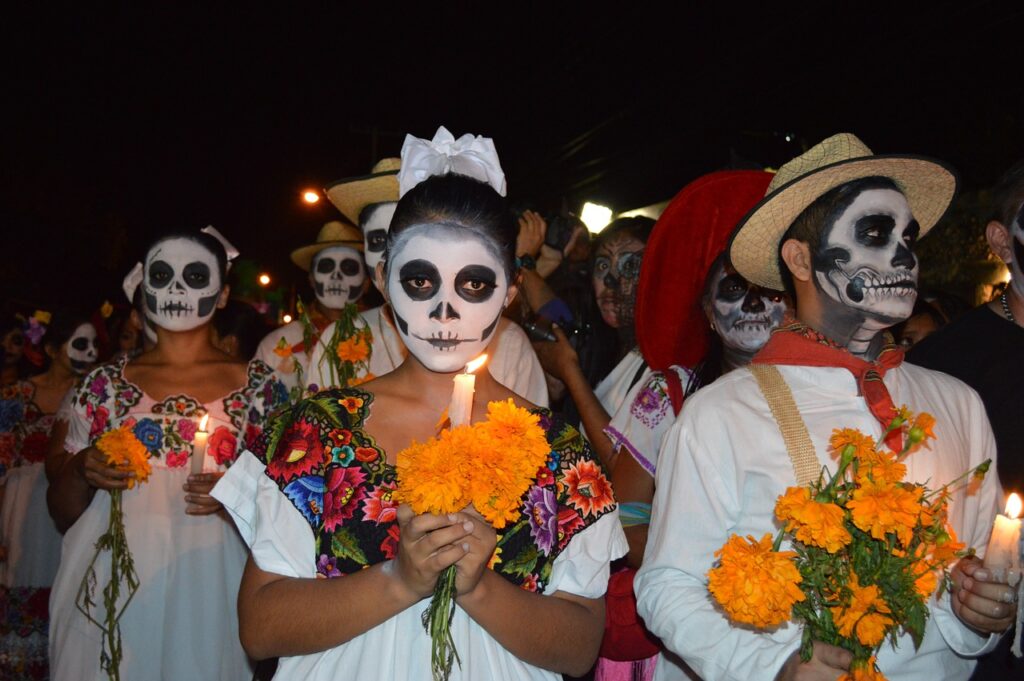
The Day of the Dead honors loved ones who have passed, blending indigenous traditions with Catholic influences. Families build altars decorated with marigolds, candles, and offerings of favorite foods. Streets come alive with parades, painted skull masks, and vibrant music.
Far from being somber, the festival embraces life and memory. Communities gather to share stories, meals, and prayers, creating a connection between the living and the dead. Visitors are often struck by the warmth and beauty of this unique tradition.
Songkran (Thailand)
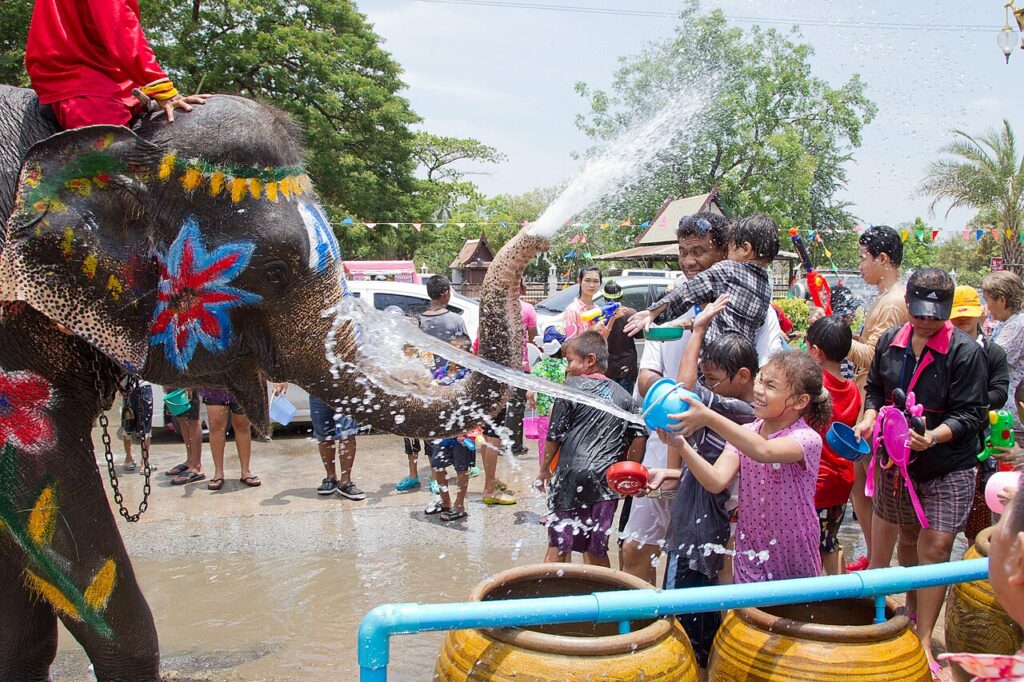
Songkran, the Thai New Year, is famous for its nationwide water fights. Streets become lively battlegrounds as people splash water on one another with buckets, hoses, and water guns. This playful tradition symbolizes cleansing and renewal for the year ahead.
Aside from the fun, Songkran carries spiritual importance. Families visit temples, pour water over Buddha statues, and pay respect to elders. The blend of religious observance and joyful play makes it one of the most memorable celebrations in Southeast Asia.
La Tomatina (Spain)
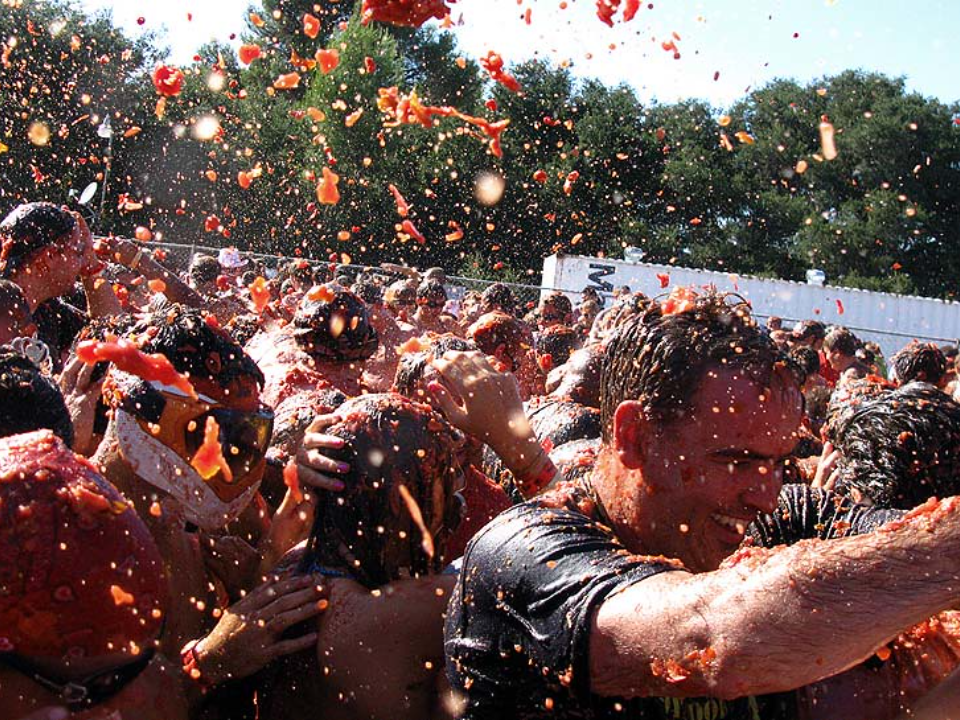
La Tomatina is a playful event held in Buñol, where thousands gather to throw tomatoes at each other. The festival begins with participants climbing a greased pole to knock down a ham, signaling the start of the tomato fight. Within minutes, the streets turn red with squashed tomatoes.
Although chaotic, the event is carefully managed to maintain safety and enjoyment. Water hoses wash the town clean after the battle, leaving both locals and tourists smiling. It’s a unique celebration that has gained international attention for its sheer fun and unusual tradition.
St. Patrick’s Day (Ireland & worldwide)
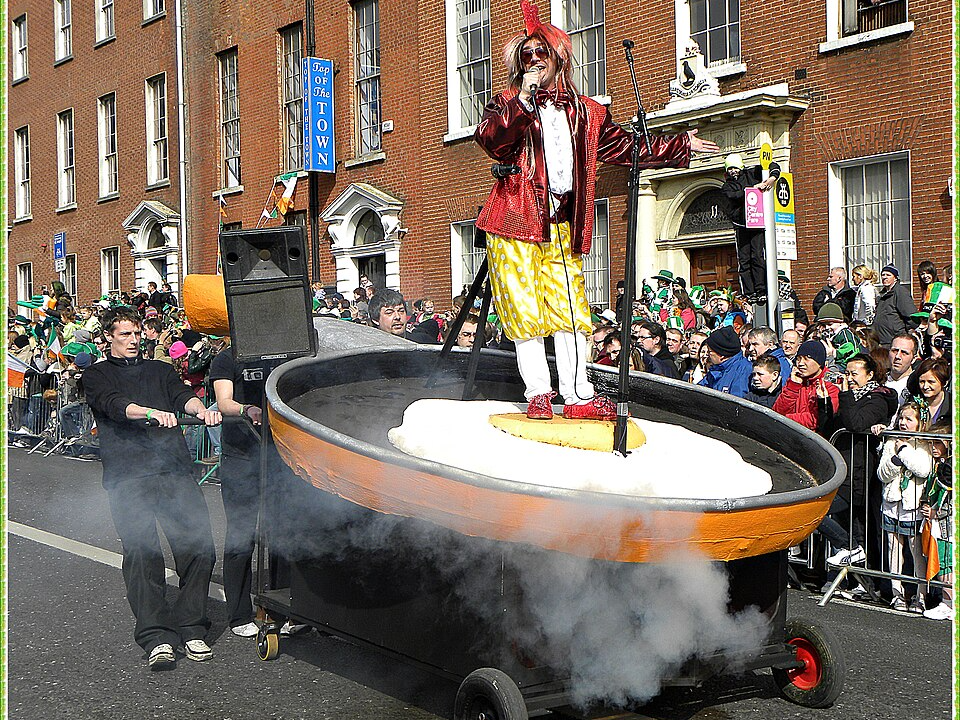
St. Patrick’s Day celebrates Ireland’s patron saint with parades, music, and plenty of green. Dublin hosts large-scale festivities, but the holiday is embraced worldwide, especially in cities with Irish communities. Traditional Irish food and drinks flow freely as people celebrate together.
Beyond the parties, the day has cultural and religious roots. Church services and quiet family gatherings often accompany the larger events. This balance of faith and festivity makes St. Patrick’s Day meaningful to both locals and visitors alike.
Edinburgh Festival Fringe (Scotland)
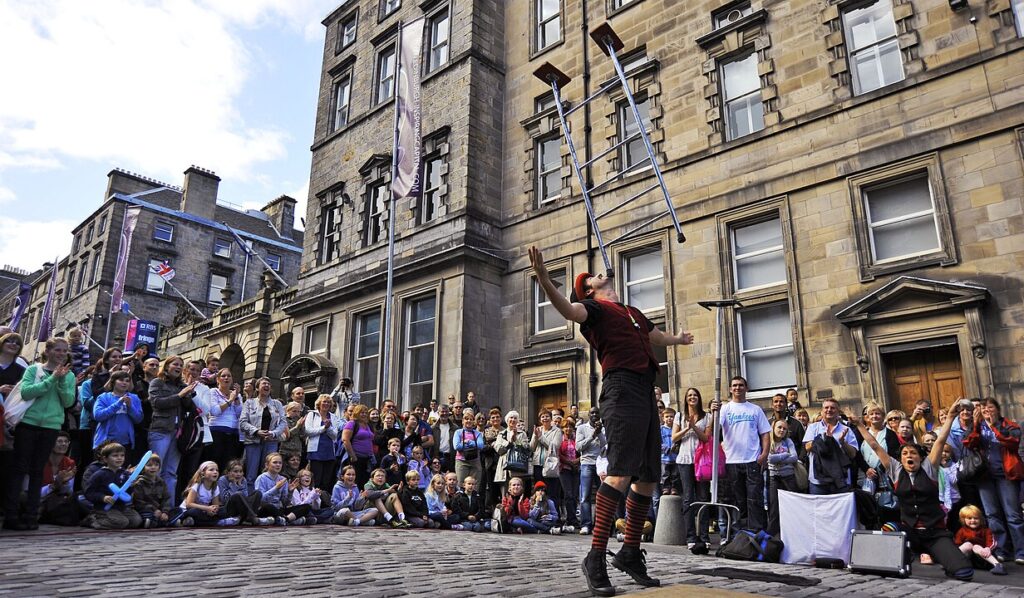
The Edinburgh Festival Fringe is the largest arts festival in the world, featuring thousands of performances. Comedians, musicians, actors, and artists gather from across the globe to share their work. The streets of Edinburgh fill with energy, turning the city into a hub of creativity.
What makes the Fringe special is its inclusivity. Both seasoned performers and newcomers have a place, offering something for every taste. For travelers, it’s a chance to experience cutting-edge theater, unique comedy, and cultural exchange all in one city.
Mardi Gras (New Orleans, USA)
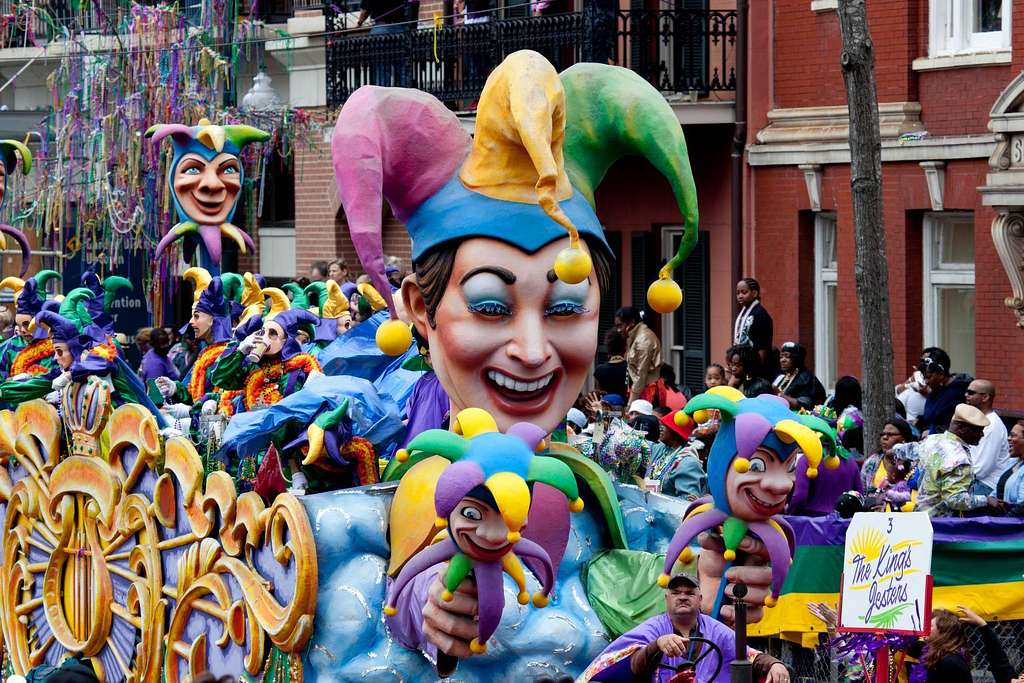
Mardi Gras in New Orleans is a colorful mix of parades, beads, and jazz music. Locals and tourists alike line the streets to watch floats roll by, while costumed performers throw trinkets into the crowds. The French Quarter becomes the center of activity, buzzing with energy day and night.
Though known for its wild celebrations, Mardi Gras also carries deep cultural meaning. Rooted in Catholic tradition, it signals the last celebration before Lent. For many, the event represents the city’s resilience, creativity, and unique cultural identity.
Gion Matsuri (Japan)
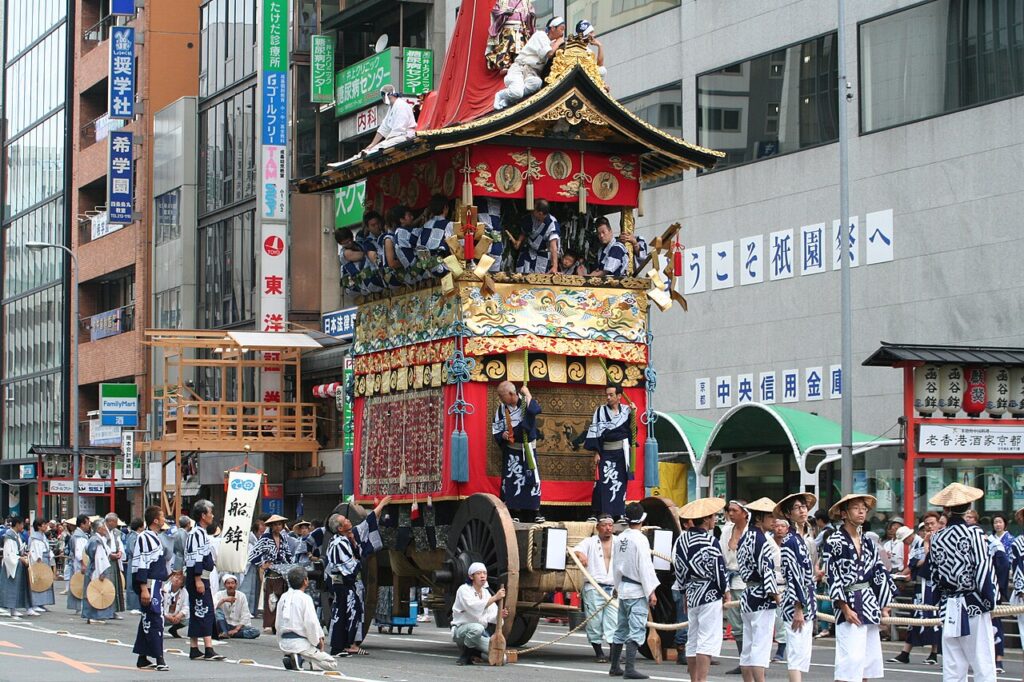
Kyoto’s Gion Matsuri is one of Japan’s most famous summer festivals. Floats decorated with lanterns and elaborate designs parade through the city, accompanied by traditional music. Locals wear yukata, adding to the historic charm of the celebration.
The festival dates back centuries and was originally held to appease the gods during an outbreak of disease. Today, it stands as a cherished cultural tradition that blends faith, artistry, and community pride. Visitors are drawn to its atmosphere of beauty and reverence.
Inti Raymi (Peru)
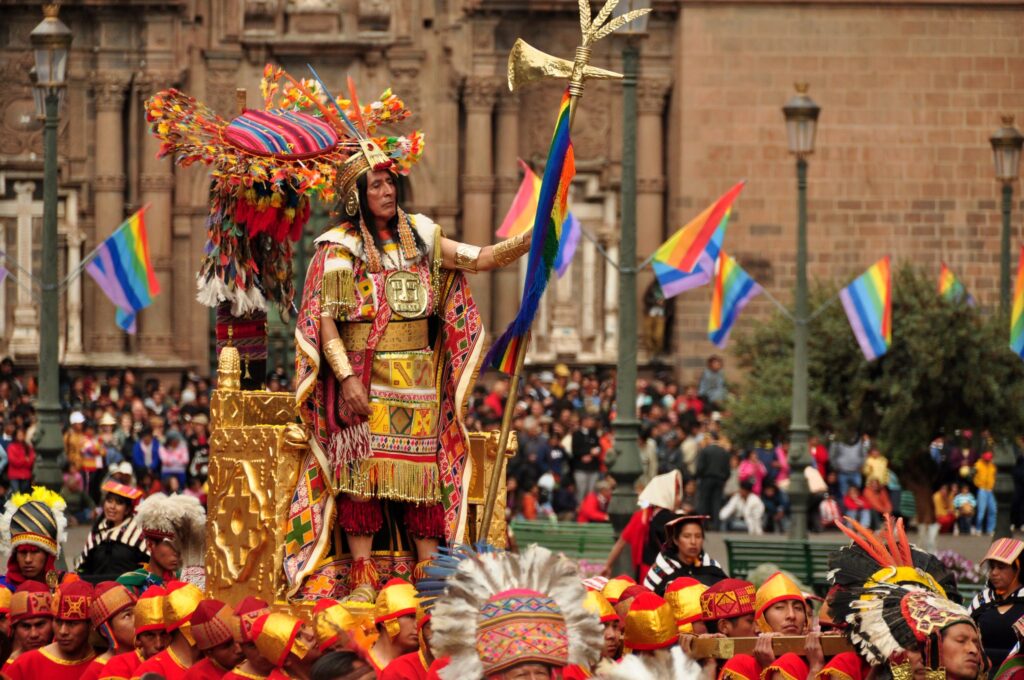
Inti Raymi, the Festival of the Sun, takes place in Cusco each June. It honors the Incan Sun God with rituals, parades, and traditional clothing. Thousands gather at the ancient fortress of Sacsayhuamán to witness reenactments of ceremonies.
This festival preserves one of the most important traditions of the Incan Empire. The mix of historical reenactment and cultural pride draws both Peruvians and international visitors. It’s a striking reminder of the enduring legacy of Andean culture.
Burning Man (USA, Nevada)
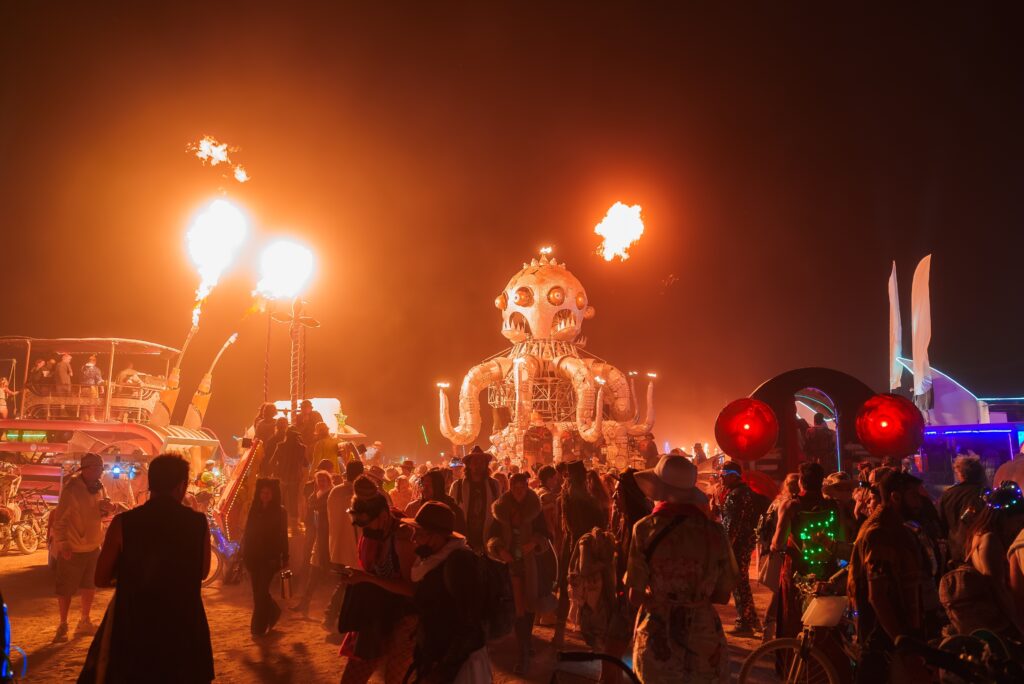
Burning Man is held in Nevada’s Black Rock Desert, where a temporary city rises each year. Participants create art installations, theme camps, and large-scale performances. The highlight is the burning of a giant wooden figure, symbolizing release and renewal.
The event is guided by principles such as community, creativity, and self-expression. Money is not exchanged, as bartering and gifting take its place. For many, Burning Man is more than a festival, it’s an experiment in shared culture and imagination.
Venice Carnival (Italy)
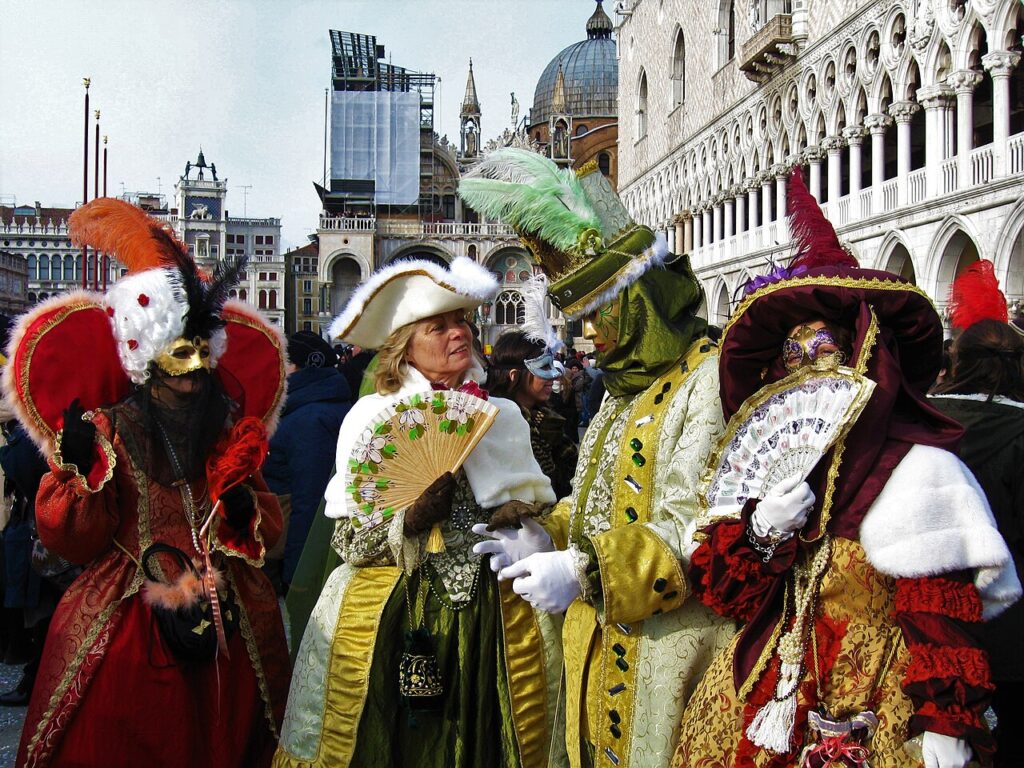
Venice Carnival is world-renowned for its elaborate masks and costumes. Streets and squares fill with music, performances, and grand balls held in historic palaces. The city’s canals and architecture provide a dramatic backdrop for the festivities.
The tradition dates back centuries, once serving as a time when social classes could mingle freely. Today, it draws travelers eager to experience elegance and spectacle. With its mix of history and celebration, Venice Carnival remains one of Europe’s most enchanting festivals.
This article originally appeared on Avocadu.
